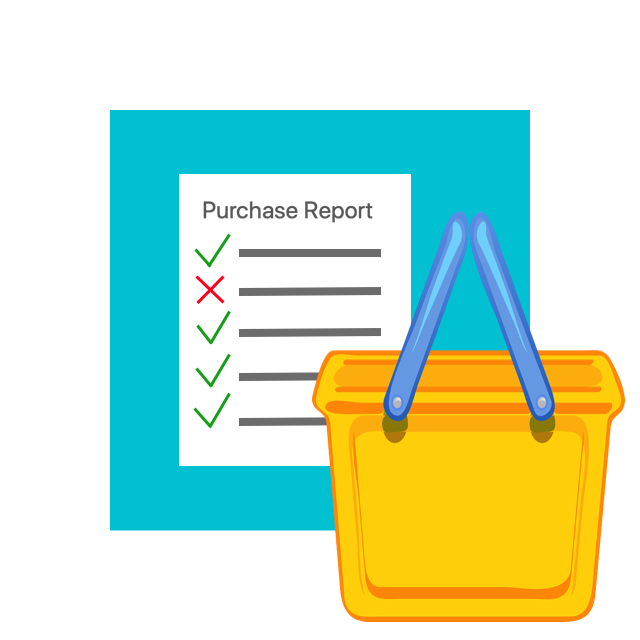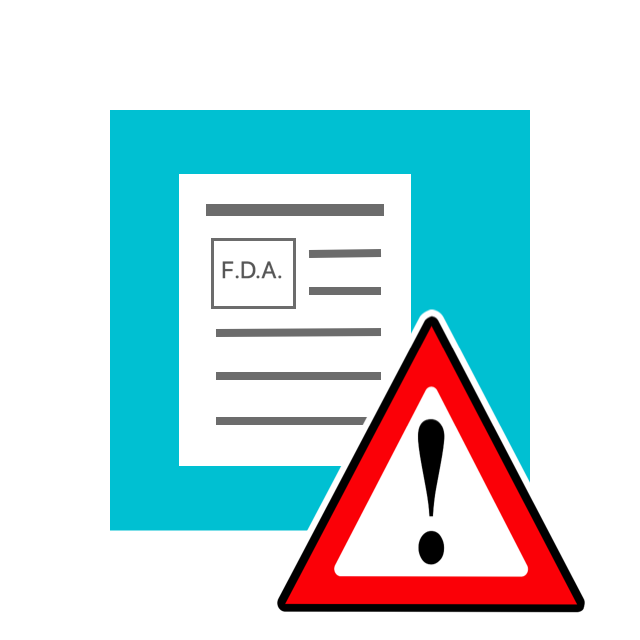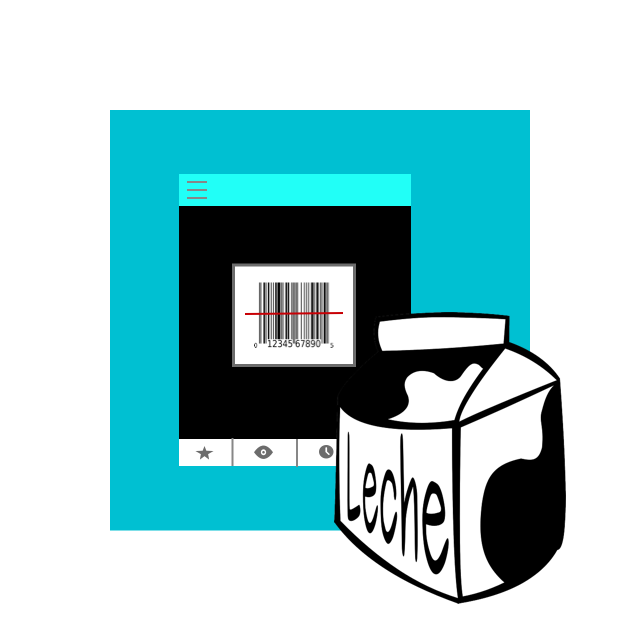
According to a new study in JACI: In Practice, an official journal of the AAAAI, base-case scenarios demonstrate the annual cost per passenger-at-risk would be $0.08.
READ ARTICLE HIDE ARTICLE
MILWAUKEE, WI – In-flight medical emergencies are alarming for everyone involved, and that’s especially true for people with food allergies, who remain at risk for anaphylaxis from accidental exposure to allergens. But according to a new study published in
The Journal of Allergy and Clinical Immunology: In Practice
(JACI:
In Practice
), stocking epinephrine auto-injectors on commercial flights could be surprisingly cost-effective.
While the Federal Aviation Administration (FAA) does require emergency medical kits on airlines to stock both epinephrine 1:1000 and 1:10,000 solutions, this typically requires extraction with a needle/syringe. Anaphylaxis requires swift administration of epinephrine, and the extraction process requires additional preparation and medical knowledge, which can lead to delayed administration and dosing errors, both of which can be fatal.
Food allergy advocates have proposed adding epinephrine auto-injectors, which have been shown to be easier to use, to all flights as a potential way to improve epinephrine delivery by non-medical and medical providers. Whether or not this is cost-effective is a lingering question, so the authors of the new study decided to find out.
Markov-model Monte Carlo microsimulations of people with food allergies over an 80-year time horizon were performed for this study. The base model, when assuming a 4% prevalence of food allergy (30,840,000 travelers with food allergy per year) and an acquisition cost of $338 per aircraft, resulted in an annual cost of $2,470,422. This comes out to $0.08 per at risk subject a year.
“This model demonstrates that supplemental epinephrine auto-injectors on aircrafts can be cost-effective with an incremental cost-effectiveness ratio under $20,000 per quality of life adjusted year,” said first author Marcus S. Shaker, MD, MS, FAAAAI. “This easily falls under the accepted cost-thresholds for medical interventions in the United States and the United Kingdom.”
When compared to a strategy without the supplemental epinephrine, the supplemental strategy cost $32,329.29 versus $32,326.70 over the model horizon, and produced 26.8917 quality-adjusted life years (QALYs) versus 26.8915 QALYs.
Sensitivity analyses were performed to identify how much variation in the baseline data would impact the initial results. Even across multiple assumptions, the addition of epinephrine auto-injectors had projected value-based acquisition costs of less than $2,469 per aircraft each year. “Our study was modeled after a recent analysis about the cost-effectiveness of stock epinephrine auto-injectors in a public school setting,” Dr. Shaker said. “Airline stock epinephrine cost-effectiveness is even greater than that of the public school model, as the costs can be spread over a greater number of at-risk individuals who fly, compared to those attending public school.”
Models showed that the only time the supplemental epinephrine auto-injectors strategy failed to be cost effective was when a low assumption of unique at-risk travelers was assumed, or with a less than 1.4% anaphylaxis risk reduction. What’s more, the study shows that even at the current retail price of $700 per twin-pack, the model would remain cost-effective.
“It’s impossible to stop all in-flight tragedies, but there’s more we can do to try and prevent them,” Dr. Shaker said. “By supplementing current on-board medical kits with epinephrine auto-injectors, we could improve health outcomes in-flight at a reasonable cost. Airlines and the FAA should consider this option to keep airline passengers safer while in the air.”
Learn More from AAAAI





